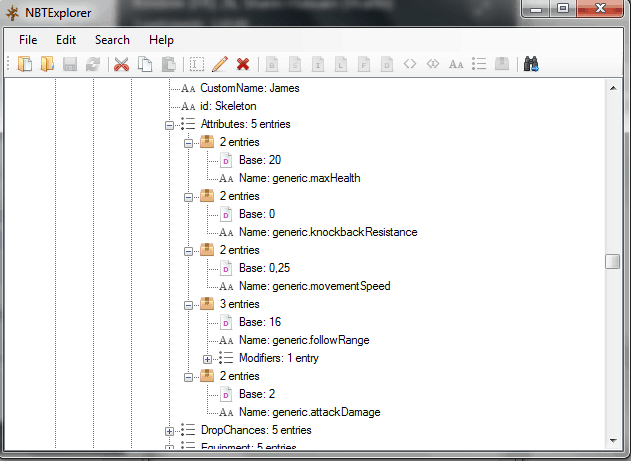

This, combined with looking at the water texture to give the orientation, significantly reduced the area that needed to be searched in a potential world.įans tried to recreate the image block by block to help the developers working on reverse engineering the seed. By looking at the clouds in relation to the blocks, it was possible to find the approximate location in a Minecraft world on one axis. But snippets of information in the image proved useful.

It's tiny, weighing in at just 128 x 128 pixels. This is the version of the game that added official support for texture packs, and with that feature the image was added to the texture pack selection screen.īut internet sleuths found it almost impossible to work out a world seed using the image alone. To be exact, it was added to Minecraft with the launch of alpha version 1.2.2, which was released on 10th November 2010. SalC1 began investigating the origin of pack.png in early 2020, and found it was taken in a much older version of the game. The search for the world seed for pack.png was sparked by SalC1, an American Minecraft fan who makes videos about the world famous block-building game. This image, called pack.png in the game files, is seen in two places in Minecraft: in the resource pack selection screen, where the image is shown as the icon for the default resource pack of Minecraft, and on the server selection screen, when it is shown in black and white when a host has not selected an icon for their server. Newer players have probably only seen the image in black and white. If you've ever played Minecraft Java Edition, you probably recognise this image: it depicts a grassy hill with trees and a beach with a waterfront. The seed for Minecraft's fabled pack.png image - dubbed "the most iconic image in Minecraft history" - has finally been found, letting all players explore the world it was taken from.


 0 kommentar(er)
0 kommentar(er)
